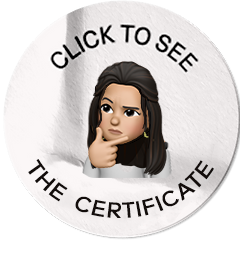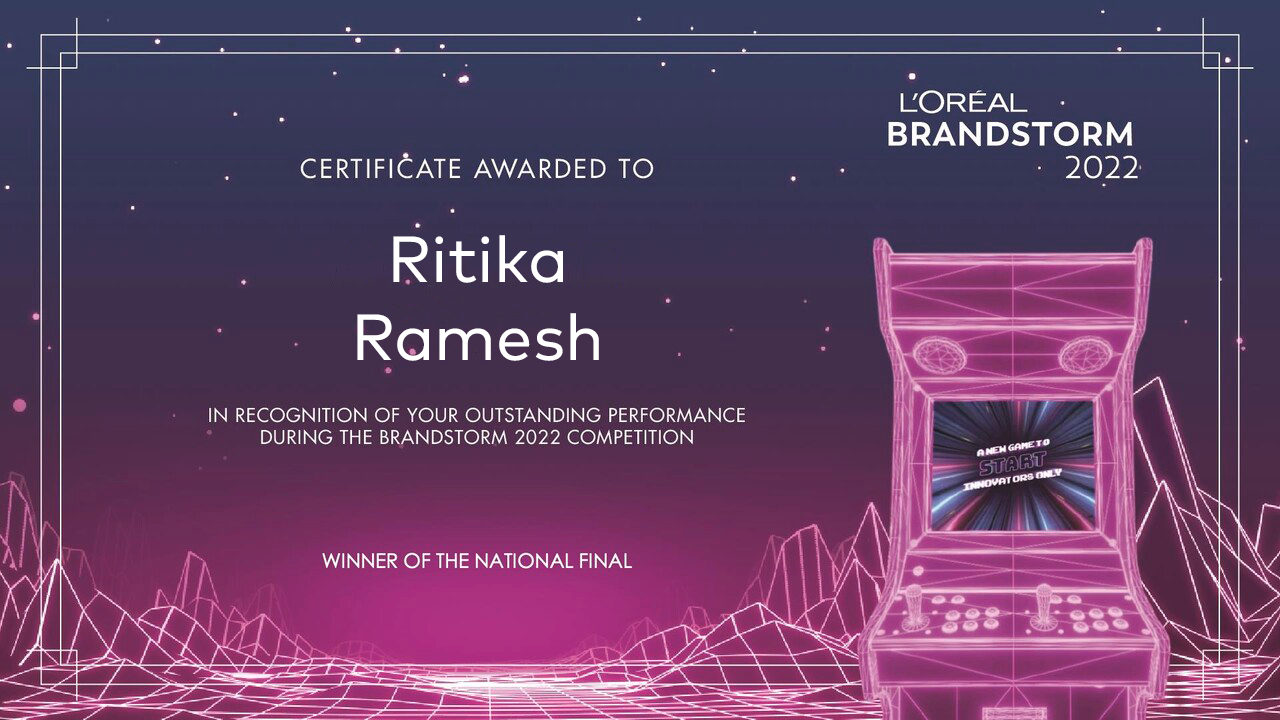Brandstorm 2022
cosmescan
Revolutionizing the way makeup lovers discover and purchase products through a user-friendly scanning interface.


OUR CHALLENGE
Develop a user-friendly scanning interface that simplifies the process of discovering and purchasing makeup products, enabling consumers to recreate their favorite looks with ease.
THE OUTCOME
Address the challenge that makeup lovers face when they struggle to identify the specific products used in celebrity and friend makeup looks they love.
TEAM
Problem framing
Interviews
Research synthesis
Brainstorming
User Flow
UI/UX
Iteration
Client pitch
MY ROLE
TIMELINE
9 Weeks
Guided a cross-disciplinary team through the human-centered design process and introduced the team to new design research methodology.
Conducted qualitative user interviews and performed background research.
Designed and tested initial design wireframes.
Designed high fidelity final screens for the care seeker user flow in Figma
Created an interactive animated prototype using Principle
Created a visual style guide, brand, and logo for the overall product design
WHAT I DID
The Context
Consumers’ needs are constantly changing. With 5 billion people online today and that number growing to 7.5 billion by 2030, the future of beauty will be physical, digital, and virtual as consumers crave more experiences, and more consumers can access those experiences. This is the intersection of a new paradigm: when societal aspirations meet tech. These two core changes create massive opportunities for companies, brands, and people ready for innovation opportunities.
Today, many makeup enthusiasts struggle to identify and locate the products used to create a desired makeup look, whether they see it on a celebrity, friend, or social media influencer. This creates a challenge for consumers to recreate the look they love and can be a barrier to discovering new products.
By the end of 10 weeks, we would pitch L’Oréal a final product concept addressing the project brief and incorporating solutions to observed consumer tensions and feedback. Our product pitch would include a prototype, pitch video, user journey map, and synthesized user research.
Solution
After research, we arrived at our final design, which reflected the feedback we received from the round of interviews and speaking with the client. We put a lot of thought into this prototype to ensure it satisfied all of the design requirements, before finally pitching it to L’Oréal team.
scroll down to see the project and the interface⬇️
We started by meeting each other for the first time after joining a group. We all had different backgrounds, which allowed us to play to our strengths. From there, we had our meeting with our partners and received a project brief centered around a fundamental question.
Research
How might we leverage technology to better understand and anticipate the evolving needs and preferences of beauty consumers personalized to them?
Through our research and discussions with project sponsors, we narrowed our focus to products and a specific target user group to refine our design direction. Understanding user needs was at the core of our human-centered design approach.
The Process
Solution
Through this project, I realized that the key to creating a product that truly meets user needs lies in understanding their perceptions and practices.
My biggest takeaway was that what users express as their current practices or preferences may not always align with reality. Therefore, it's imperative to conduct design research in the user's environment to identify the root of their pain points and design requirements. Take into account the contradiction between what they say and what they do.
It’s also important to remember that we’re not always aware of what we do out of habit, so observing and questioning mundane tasks can be very revealing. It's essential to balance emotional and functional needs to create products that meet users' needs on multiple levels.
Key Learnings
Next Time...
Embrace the Ambiguity
Keep iterating and be willing to go back and start over. Design is an iterative process that requires constant testing and learning from feedback.
Implicit + Explicit
Conducting research in the user's environment is crucial for gaining insights into their behaviors and needs.
Copyright © 2023 Ritika Ramesh. All rights reserved.
















